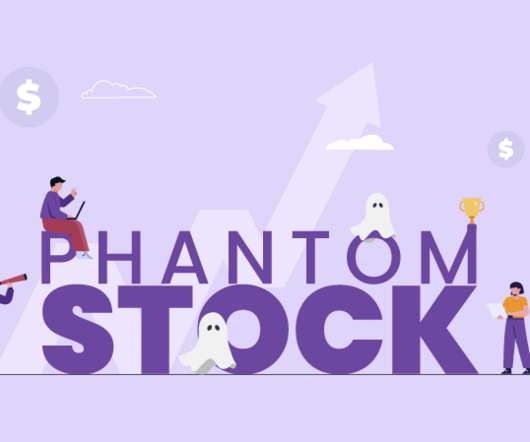How the SECURE 2.0 Act of 2022 benefits your workplace
Insperity
OCTOBER 10, 2023
workers better prepare financially for retirement, at every stage of their employment journey. workers who have not been able to save enough money to retire have delayed their transition into this next stage of life because of current economic conditions and record-high inflation. The SECURE 2.0 For many U.S. The SECURE 2.0




















Let's personalize your content